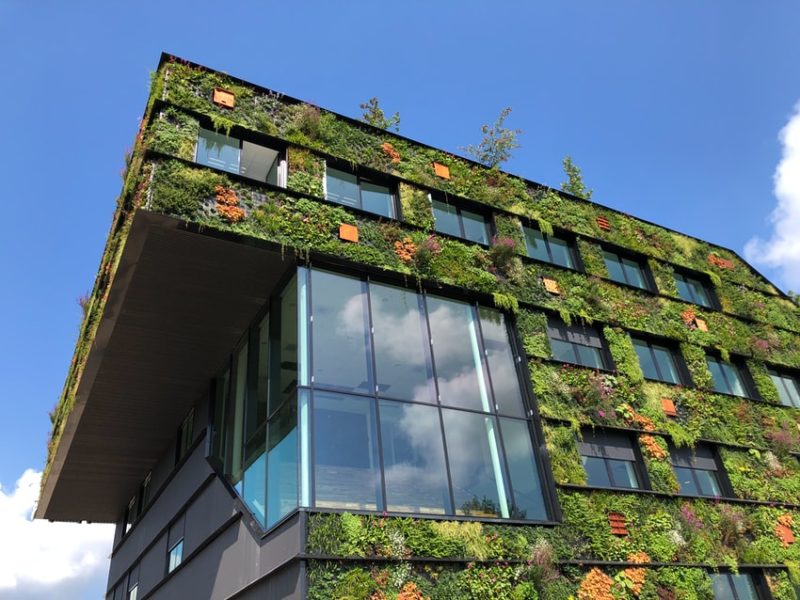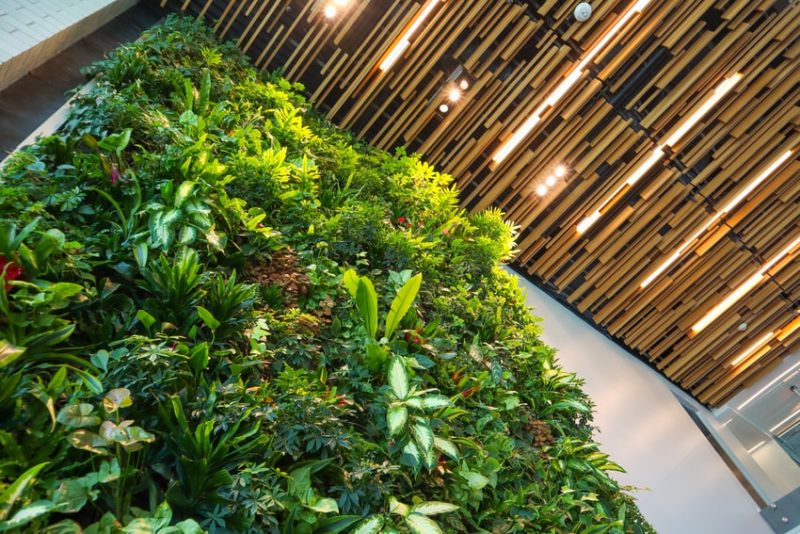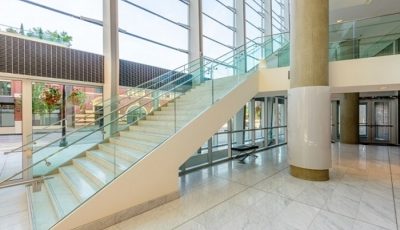Sustainability And Commercial Property: 5 Key Approaches
Sustainability is the word on everybody’s lips these days, with the world finally waking up to the real ramifications of the potential climate crisis. As such, there are pushes to make all aspects of everyday life more eco-friendly, from the big to the small.
The commercial property sector is no exception in the drive towards more sustainable living. As the industry continues to shift and change in the wake of the Covid-19 pandemic, innovative ways of imagining commercial buildings are emerging and ushering in necessary new standards.
The following are five of the most interesting and exciting new sustainability trends coming out of the commercial property sector, all of which are leading the way towards a new, more environmentally friendly age.
New construction methods
In the eco-conscious modern day, sustainability has to be a consideration right from the word go. Evolving trends in the construction industry reflect these new priorities, with sustainable construction becoming a new norm.
The art of green construction is all about reducing, reusing, and recycling all available resources to waste as little as possible. It’s a guiding principle that has been on the rise for a couple of years now and has contributed to building shopping centres and apartment blocks using energy-efficient construction methods and innovative materials like recycled cigarette bricks.
Sustainable materials
Speaking of sustainable materials, new products are coming out all the time that are helping to make both the process of construction and the buildings themselves more environmentally responsible.
Wood and sustainable concrete are becoming more widely used as alternatives to materials that contribute to pollution. Meanwhile, plant-based polyurethane rigid foam is growing in popularity as an effective form of insulation. Made from fast-growing plants such as bamboo, this material is just as efficient as standard insulation while being far kinder to the planet.
Renewable energy
Commercial properties can be big polluters due to the amount of energy they use. As such, companies are beginning to look for new ways to generate their own energy or use energy from renewable sources. In doing so, they can cut down on their consumption of harmful fossil fuels.
The sun, wind, and waves are all excellent sources of renewable energy. Not only that, but they’re often a lot cheaper than traditional energy sources as well, helping business owners and companies to cut down on their oversized utility bills. With renewable energy, then, it is possible to save money and save the planet.
New technologies
Technological innovation plays a big part in the drive towards more sustainable living, as its integration into commercial buildings goes to show. For one thing, with smart meters and intuitive displays, property managers can keep track of how much energy is being used and keep any excess in check.
In addition, easy-to-use controls for gas and electricity make it much simpler for residents of commercial flats to save energy when it’s not needed. By introducing these sorts of controls to buildings that already run-on renewable energy, it is possible to massively reduce emissions.
Lighting
You can’t run a commercial building without lighting, whether it be an office block, leisure center, or commercial residence. As a way of keeping a lighting bill way down and mitigating its adverse environmental effects, more and more buildings are being built to make the best use of natural lighting.
In areas of a building where that just isn’t enough, energy-efficient lightbulbs can be installed and motion sensors introduced. And, when taken all together, these three approaches to lighting can serve to make commercial buildings far more sustainable.
Final thoughts
Commercial properties are very often not known for their positive environmental impact. However, as demand continues to grow for more sustainable ways of living and doing, the industry is finally being forced to make important changes.
From greener ways of building to more efficient modes of operation and the introduction of exciting new technologies, there is a lot of positive change in the air in the commercial property sector.














